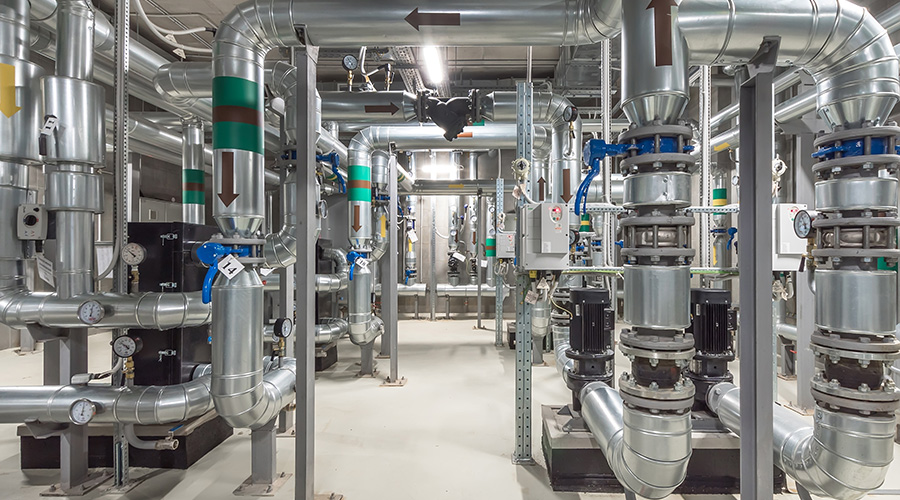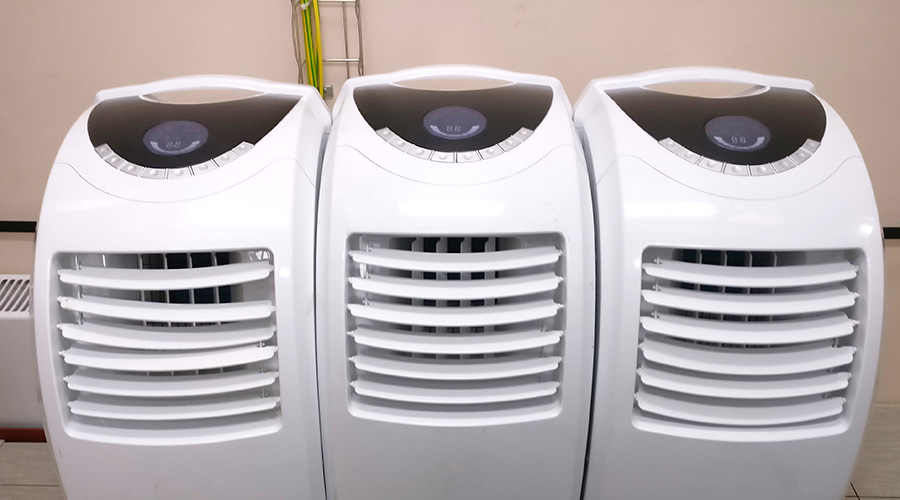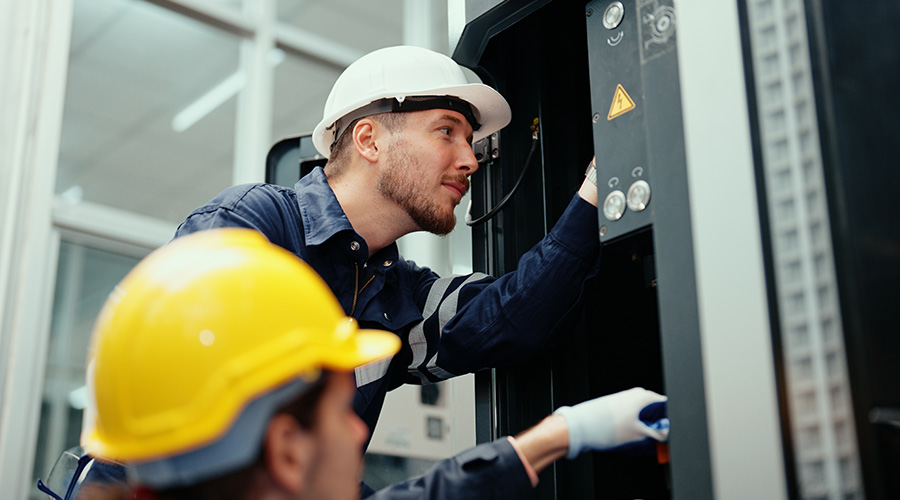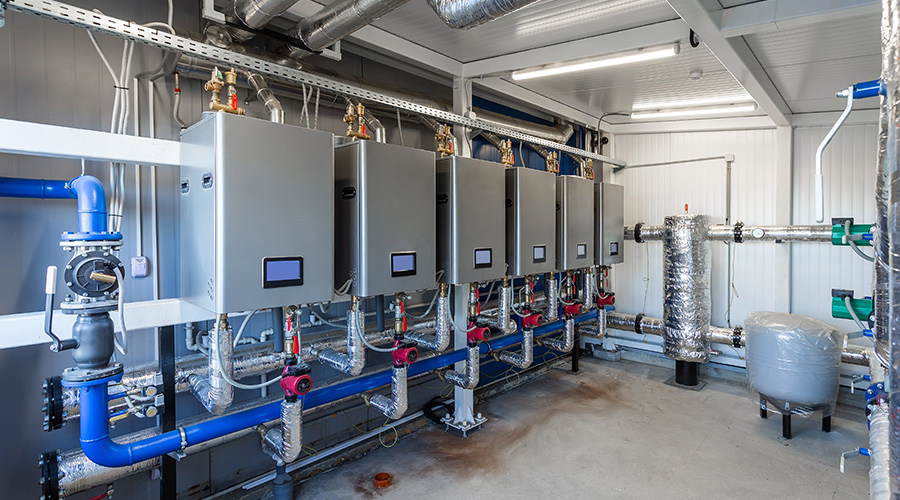Cooling Towers: Eye on Energy Efficiency
Cooling towers are a major component in commercial and institutional facility comfort and process cooling systems. Their operation is straightforward. They are expected to operate efficiently and reliably, even though they are installed in an outdoor environment that subjects them to temperature extremes, wind, rain, dust, dirt, and organic contamination. They also affect facility energy use. A poorly operating cooling tower reduces chiller efficiency and eventually leads to system failures.
In spite of their impact on facilities, cooling towers are among the most neglected equipment in many facilities. Maintenance and engineering managers might understand a cooling tower's role, but they might not fully realize the importance of keeping them operating at peak performance levels.
Lacking that understanding, managers might not know the steps they can take to improve the performance of cooling towers while extending the tower's service life.
While the type of tower installed and its operating environment determine the issues managers must address to keep the tower operating efficiently, managers also need to consider a number of common issues most tower operations face, including motor management, contamination and water levels.
Spotlight on motors
Cooling tower fan motors are a major source of electricity use, as well as a generator of significant noise. Most towers are installed with a single- or two-speed motor. But as the load on the cooling tower decreases, the fans might operate at a speed not necessary for that load, hampering energy efficiency.
Much has happened in recent years to give managers tools to improve motor efficiency. The federal government has developed energy standards manufacturers must meet. Replacing standard-efficiency motors with high-efficiency motors will reduce the energy requirements for that motor by about 2-8 percent. While that might not seem like a major improvement, depending on the horsepower of the motor and the number of hours it operates annually, the energy savings can be significant.
The development of high-efficiency motors was only the first step. Premium-efficiency motors now meet even higher energy-efficiency standards and can produce even greater savings. A side benefit for both energy-efficient and premium-efficiency motors is that to meet the energy standards, they require higher-quality components and more exacting manufacturing processes, resulting in a better motor.
Manufacturers also have developed reliable electronic controls that can reduce the operating speed of electric motors to match the load requirements for use in applications ranging from small pumps to large centrifugal chillers.
All of these energy-efficiency improvements come at a cost, however. The typical high-efficiency motor typically costs 10-15 percent more than the standard-efficiency motor it replaces. Premium-efficiency motors cost even more.
To offset this increased cost and provide an incentive to upgrade to more efficient motors, some utilities offer incentives that can be as high as $50 per horsepower (hp). Programs are flexible, and many utilities offer technical assistance. Managers can contact their local utility to see if a particular application qualifies for a rebate, as well as procedures to followed to qualify.
Related Topics:













